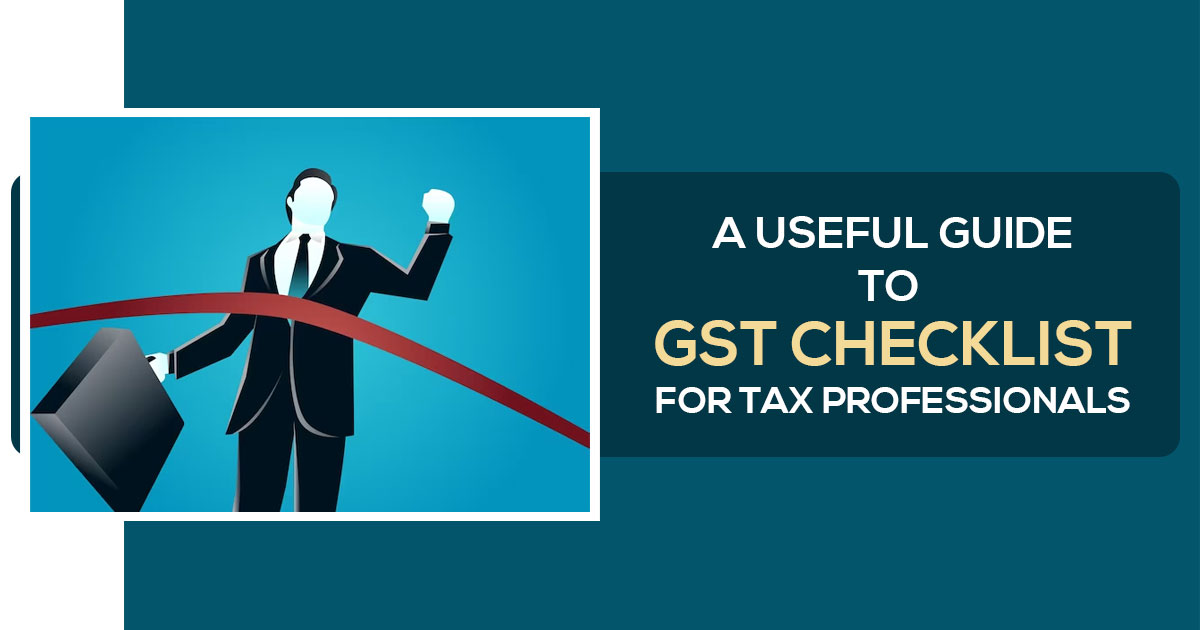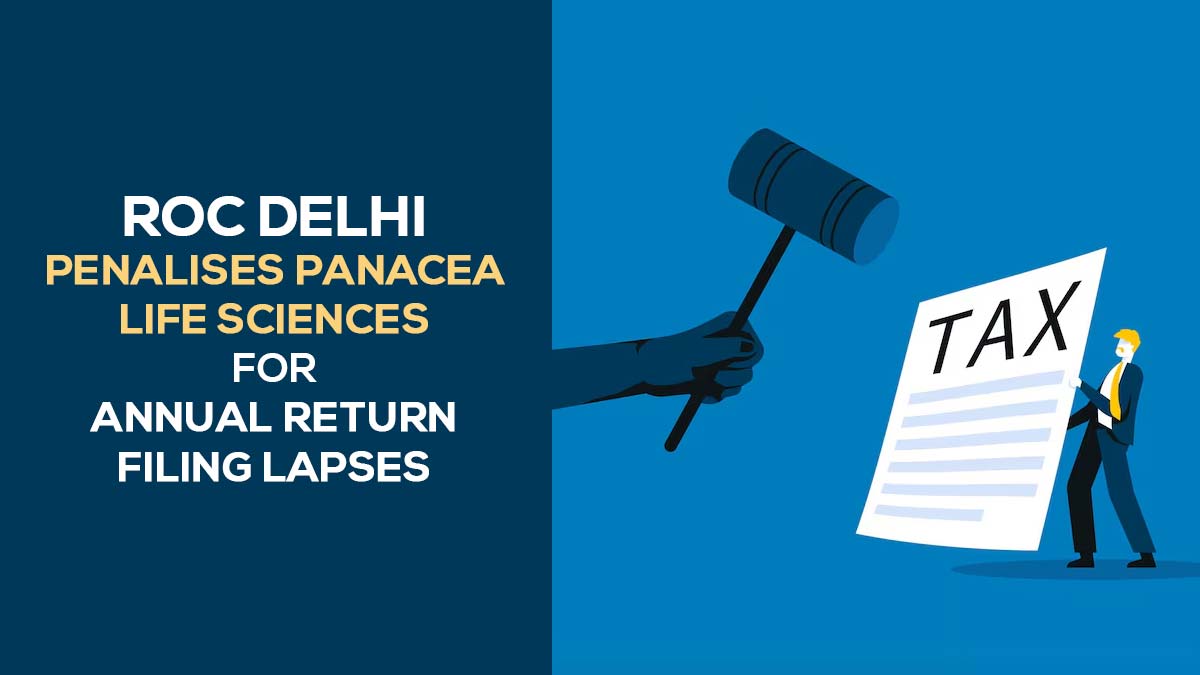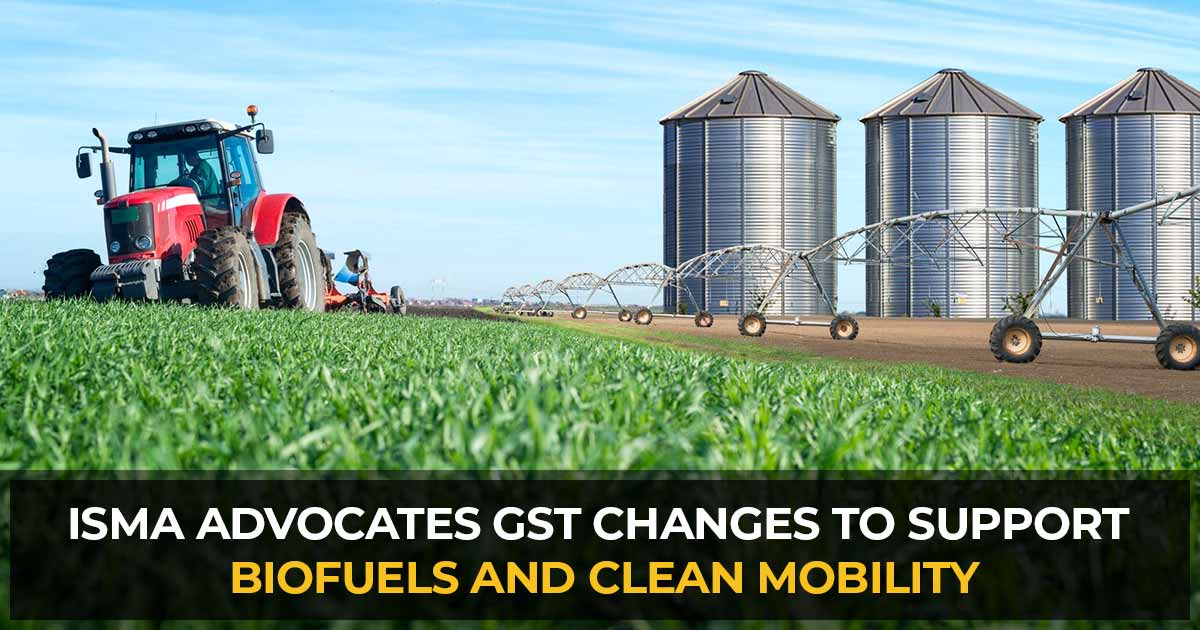
As the end of the financial year approaches, businesses need to ensure that they are complying with their Goods and Services Tax (GST) obligations. The GST system can be complex, with various rules and regulations that need to be followed, which is why having a checklist can be incredibly helpful.
In this article, we will provide a comprehensive GST checklist for the end of the financial year 2024-2025. Whether you are a small business owner or a financial professional, this checklist will help you ensure that you have fulfilled all your GST obligations and are well-prepared for the next financial year.
Critical Points to Consider
Businesses would be required to undertake various major activities to ensure GST compliance and a facilitated transition to the new fiscal year as the FY 2024-25 is close to an end.
New Invoice Series
It is recommended that companies begin a new series of invoices on April 1, 2025. This ensures organised record-keeping for the upcoming fiscal year and applies to all transactional papers, such as tax invoices, credit notes, debit notes, and bills of supply (for exempted supplies).
Adherence to Rule 96A of the CGST Rules, 2017
Concerning the case of exporting goods or services under a bond or letter of undertaking, a taxpayer would be required to adhere to the conditions cited below; otherwise, the same supply will be considered a domestic supply.
- Towards the goods export, the export will be accomplished within three months from the issuance date of the invoice for export.
- For the export of services, the payment of these services will be received by the exporter in the convertible foreign exchange or Indian rupees, wherever allowable by the Reserve Bank of India within 1 year from the date of issue of the invoice for export.
It is suggested that these conditions be analyzed on each invoice regularly, though as the financial year is ending, the taxpayers must revisit and ensure that no defaults are present.
Choosing the GST Composition Scheme
Companies that qualify for the FY 2025–2026 Composition Scheme must electronically submit an intimation on the common site in the form of FORM GST CMP-02, suitably signed or validated by an electronic verification code.
Either directly or through a Facilitation Centre that the Commissioner notifies before the fiscal year in which the scheme is chosen, this can be accomplished. By sub-rule (4) of Rule 44 of the CGST Rules, they must also provide a statement in FORM GST ITC-03 by May 30, 2025, which is 60 days from the start of the fiscal year.
Letter of Undertaking (LUT)
A Letter of Undertaking (LUT) in Form RFD-11 for the next fiscal year must be submitted by March 31, 2025, by entities that participate in zero-rated supply, such as exports or supplies to Special Economic Zones (SEZs), without payment of Integrated GST (IGST).
QRMP Scheme
The QRMP plan, which permits quarterly return filing with monthly tax payments, is available to taxpayers with an aggregate revenue of up to ₹5 crores. The decision must be made by April 30, 2025, for FY 2025–2026.
Understanding Aggregate Turnover Reassessment
The businesses would be required to reassess their aggregate turnover for FY 2024-25 to find the applicable compliance needs for FY 2025-26. The same evaluation impacts the decisions of the GST registration and eligibility for the other measures along with the Composition Scheme, the QRMP scheme, e-invoicing mandates, and adherence to Rule 86B of the CGST Rules concerning 1% cash payment.
GST E-Invoice Applicability
Any entity is obligated to generate an e-invoice in the new financial year based on its turnover that surpasses the specified limit of Rs 5 crore in any of the FYs starting from July 2017.
Input Tax Credit (ITC) Reconciliation
To find and fix inconsistencies, a comprehensive reconciliation of the company’s financial records—including the credit and purchase register, FORM GSTR-2B, and GSTR-3B—is essential. To maintain compliance and accuracy in tax filings, make sure that all applicable ITC for FY 2024–2025 is claimed, ineligible credits are reversed, and mismatches are fixed.
GST E-Way Bill Applicability
For transporting goods valued above INR 50,000 in a single consignment, an e-way bill is needed. Review your transactions to find if they meet this limit and check for any exemptions as various limits are applicable in distinct states.
In the E-Way Bill (EWB) system, a new feature has been introduced for the enrolment of unregistered dealers supplying goods, effective from February 11, 2025.
Under the Notification No. 12/2024 – Central Tax dated July 10, 2024, Form ENR-03 allows unregistered dealers engaged in goods transportation to generate e-Way Bills using a unique Enrolment ID, which substitutes the GSTIN for generating e-Way Bills.
Outward Supplies Reconciliation
Reconciliation of income reported, including the taxes in FORM GSTR 1, GSTR 3B and the Books of accounts will be performed and in case of any correction, such as below,- Interchange of the SGST /CGST paid as IGST and vice versa, POS incorrectly reported GSTIN incorrectly cited for any other party, value incorrectly punched for any invoice/ debit note/ credit note/ bill of supply etc.
As per books, the reconciliation of the supply would be reconciled with the E-invoice and E-way bill generated during the period as per the applicability.
Credit Notes Issuance
Ensure that any credit notes for returns or refunds are issued before November 30, 2025, to adhere to the GST norms.
Claiming TDS/TCS Credit Under GST
A taxpayer will validate any TDS/TCS credit available on the GST portal and claim it post-checking its genuineness from the books of accounts.
Understanding Year-End GST ITC Reversals
Every registered person as per Rules 42 and 43 of the CGST Rules, 2017, is mandated to reverse ITC claims against inputs and input services that are used for objectives other than the business and which are utilised for effecting the waived supplies in the specified way.
Verify Compliance for Approval-Based Goods
Compliance is to be assured with the goods sent on an approval basis, along with the proper documentation and timely return of these goods to prevent tax obligations.
Reconciliation of Electronic Credit/Cash/ Reclaimable ITC Ledgers
A reconciliation between the electronic credit and cash ledger under the GST portal and the books of accounts as of year-end will be accomplished. Also, a reconciliation of reclaimable ITC statements according to the GST Portal and ITC pending to be claimed as per FORM GSTR 2B working shall be performed.
Check the Necessity to Register as an Input Service Distributor (ISD)
Any office of the supplier of goods or services or both that receives tax invoices for the receipt of input services along with the invoices concerning the services obligated to tax under reverse charge for or on behalf of distinct persons referred to in section 25 of the CGST act will be needed to be registered as Input Service Distributor and will distribute the Input tax credit as per these invoices.
The definition of ISD under Sections 2(6) and 20 of the CGST Act has been substituted by the Finance Act 2024 to include the distribution of common ITC. Since this section is effective from April 01, 2025, vide Notification No. 16/2024-Central Tax, dated August 06, 2024, a taxpayer should identify such entities and apply for ISD registration.
Addressing Discrepancies in GST RCM Settlement
The businesses need to review all the transactions to find out those subjects to RCM ensure timely payment of such obligations, report them accurately in FORM GSTR-3B, and claim corresponding ITC wherever applicable.
Raising and maintaining self-invoices for RCM-applicable transactions procured via unregistered suppliers is essential for compliance. The businesses must regularly check advisories and updates on the GST Portal to ensure precise RCM payments.
Get Declarations From Goods Transport Agencies (GTA)
Collect declarations from GTA that choose to pay GST under the forward charge mechanism for FY 2025-26. The same documentation is significant in explaining the non-payment of GST under RCM.
GST Amnesty Scheme 2025
An amnesty scheme has been introduced by the government to motivate businesses to clear outstanding GST dues u/s 73 of the CGST Act. The payment due date for outstanding GST dues is March 31, 2025, and the pertinent form submission deadline is June 30, 2025. The scheme proposes the exemption of interest and penalties for earlier FYs of 2017-18, 2018-19, and 2019-20 as per Section 128A of the CGST Act.
The businesses by addressing such major activities could ensure compliance with the GST norms, avoid penalties, and keep smooth tax operations as they transition to the new financial year.









